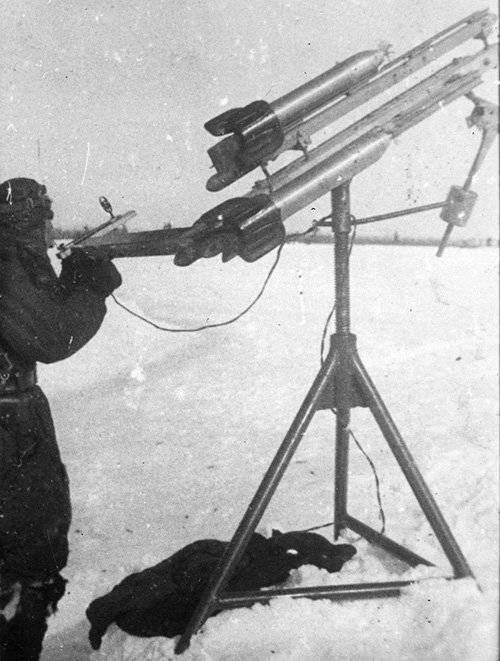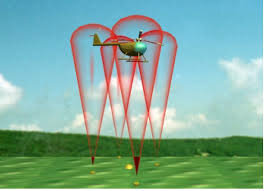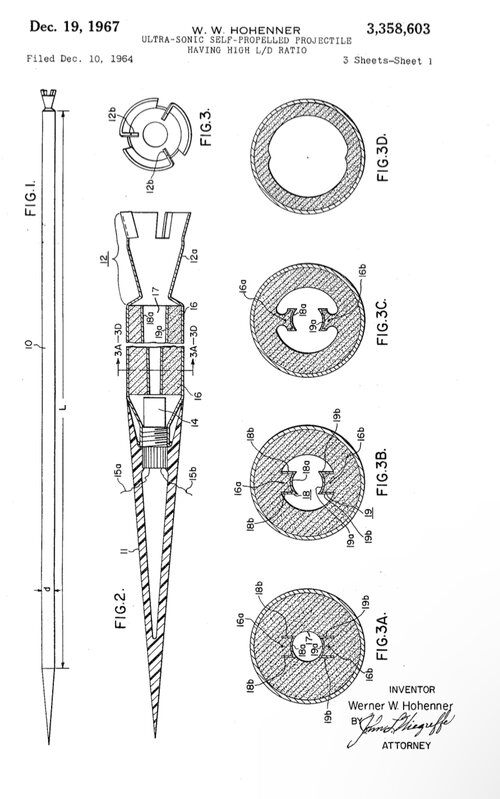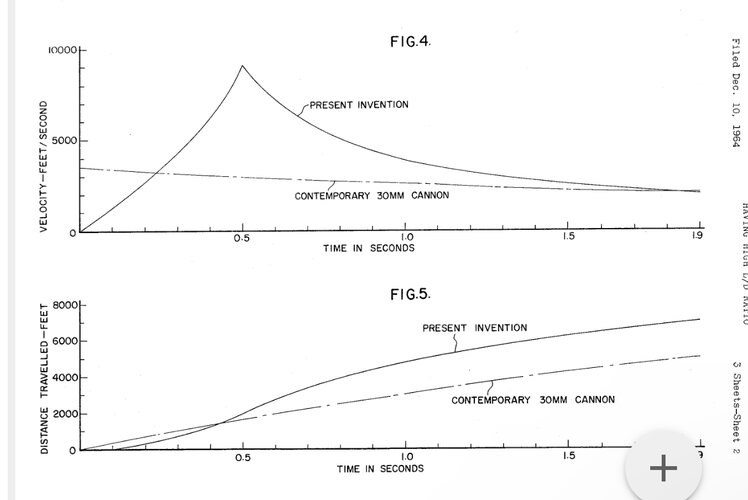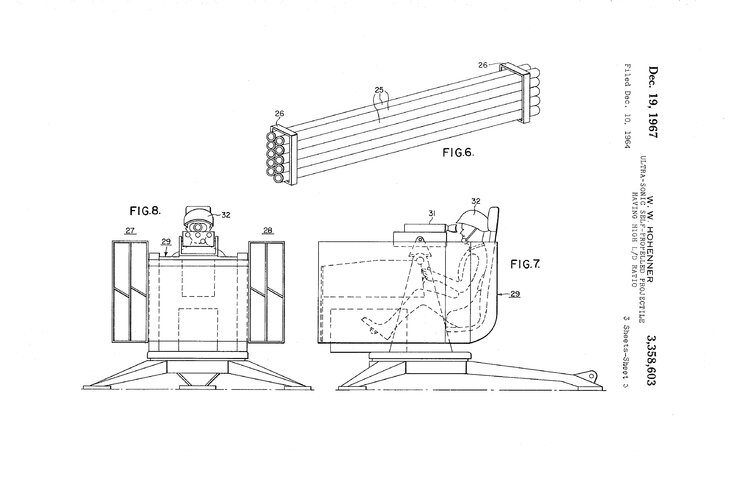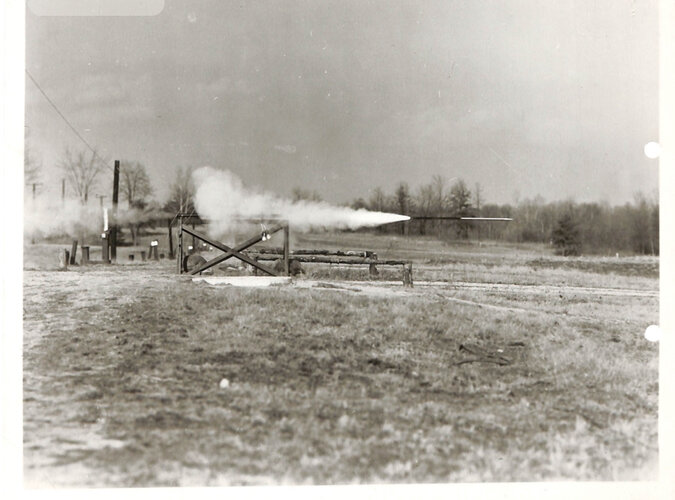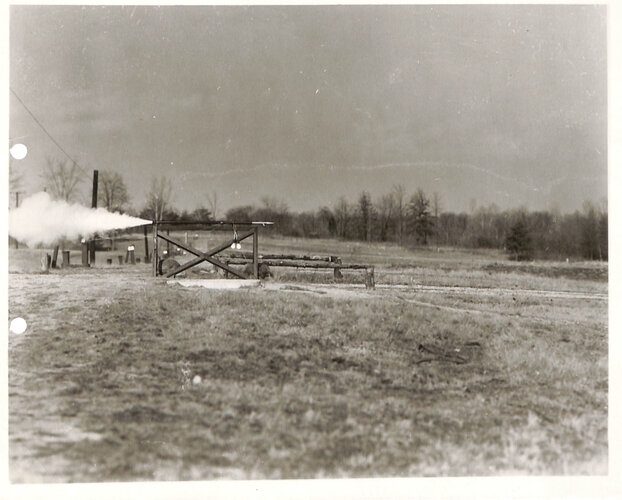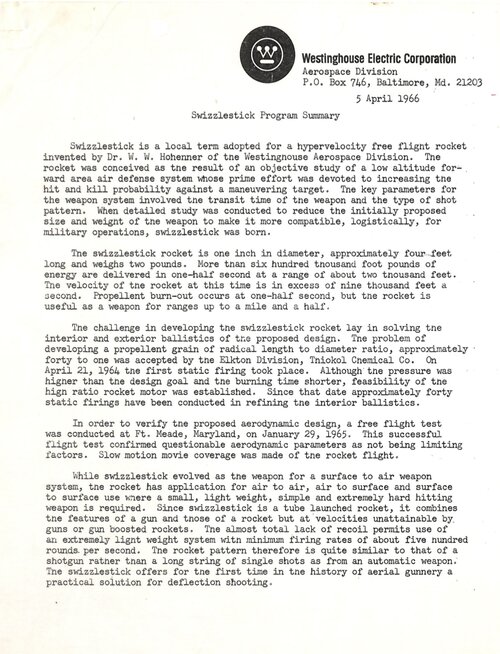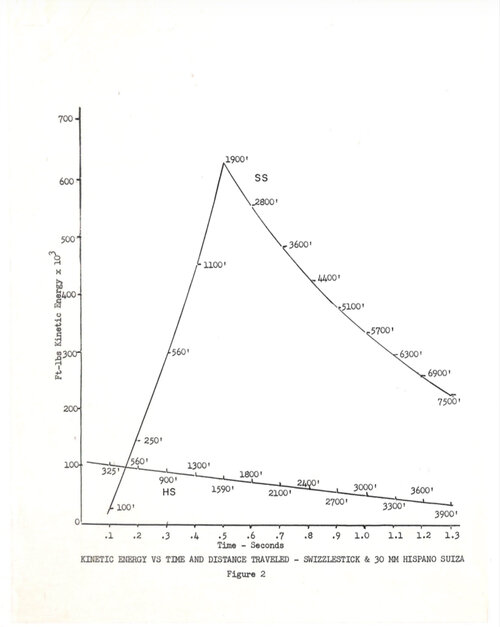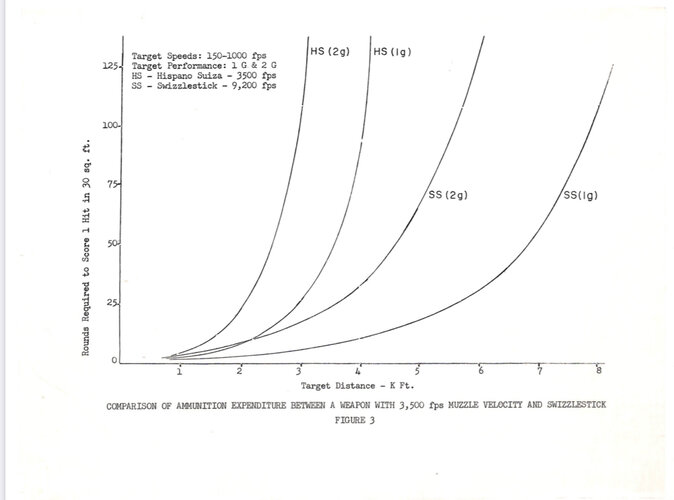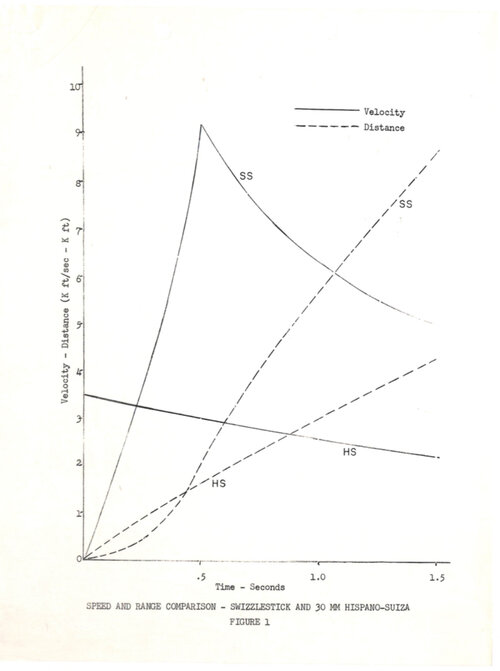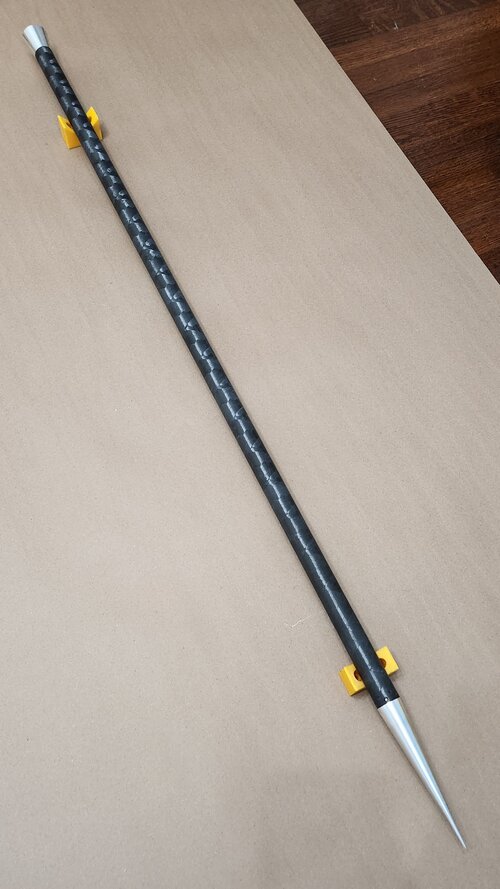- Joined
- 25 January 2020
- Messages
- 1,279
- Reaction score
- 1,951
Whilst reading about bomb disposal in Second World War Malta, I came across an account of an unguided, ground-launched, anti-aircraft weapon used by the Royal Navy to defend harbour installations, which were frequently attacked at low or medium level by both dive and level bombing. Such a weapon does not really get any mention in accounts from the time period, and it is my first encounter with an account of such a weapon in the Maltese islands. Lieutenant Carroll was the leader of the bomb disposal section on the Maltese islands and had been present on the island from April 1941. He found this weapon at the entrance of capital, near the then-intact Opera House.
I am unsure as to what the weapon is for the most part, I've asked some fellow researchers who have a greater understanding of these weapons and they believe that it is either a 3" or 7" unrotated projectile. The use of such a weapon in such a densely populated and small area is quite astonishing to me, especially when considering density of both the civil and military population in this area.
Source: "UXB Malta: Royal Engineers Bomb Dispoal 1940-1944" by S.A.M Hudson
When you look at the front of the Opera House, to the right a building ran across the present Square, with a balustrade on the top of it, which was part of a walkway. I was told that there was a bomb on this balustrade.When I arrived, I saw that the bomb was hanging suspended over the street. The balustrade had a ledge extending towards the square. I edged along this parapet on my knees - knowing I could fall onto the pavement below. When I reached the bomb I found it was one which I hadn't seen before: it was small, made of metal, and on the top it had a rocking cap. The bomb was attached to a wire, which I had to carefully snip, so that I could deal with the fuze and then take the bomb away for examination. I traced the wire back and found that ... it must have stretched across streets and houses. Then I realised that, while I was on the ledge delicately holding the bomb, someone anywhere in Valletta could have found the wire and pulled it out of curiosity, banging the bomb against the balustrade and exploding it in my hands.
As usual, Lieutenant Carroll hurried back to barracks to prepare a detailed report of this new bomb. He was stunned when he found out it was an Allied device being used in the defence of Grand Harbour. I was informed later that the bomb was sent up by the Navy. To deal with Stukas, they invented a system whereby they sent into the air a pot of explosive with a rocking cap on top - the fuze mechanism - attached to a thousand feet of wire, with a parachute at the end. It would probably be fired up by a mortar, to launch it vertically into the sky. As it was fired into the air, the parachute would separate and as a Stuka hit the wire, the parachute would pull across the wing. The pot would hit the wing and the rocking cap would set it off, destroying the wing and bringing the plane down. The bomb could have killed the bomb disposal officer - and others could fall into less expert hands with fatal consequences. Carroll promptly arranged for an information office announcement, which appeared on the front page of the Times of Malta.
"The Public are hereby informed that in the event of a low-level attack on the Grand Harbour by enemy aircraft a new type of barrage may be fired by our defences in addition to the usual anti-aircraft artillery barrage. The new barrage will take the form of a number of parachutes to which bombs and lengths of wire are attached. When the parachutes are floating down to earth, with the bombs attached, they should not be mistaken for parachutes used by parachute-troops. The bombs attached to these new parachutes are very small and it is easy to see that there is no man attached to the parachutes. Moreover, the parachutes used to hold the bombs are much smaller than those used by men. If any of the bombs reach the ground or sea unexploded they remain extremely dangerous and should no account be touched; nor should the wire or parachute be touched, as even the slightest pull may explode the bomb. If anyone finds one of these bombs unexploded he should immediately inform the nearest police station of the exact whereabouts of the bomb.The bombs are yellow and about the size of a one pound cocoa tin." - Times of Malta report
I am unsure as to what the weapon is for the most part, I've asked some fellow researchers who have a greater understanding of these weapons and they believe that it is either a 3" or 7" unrotated projectile. The use of such a weapon in such a densely populated and small area is quite astonishing to me, especially when considering density of both the civil and military population in this area.
Source: "UXB Malta: Royal Engineers Bomb Dispoal 1940-1944" by S.A.M Hudson

